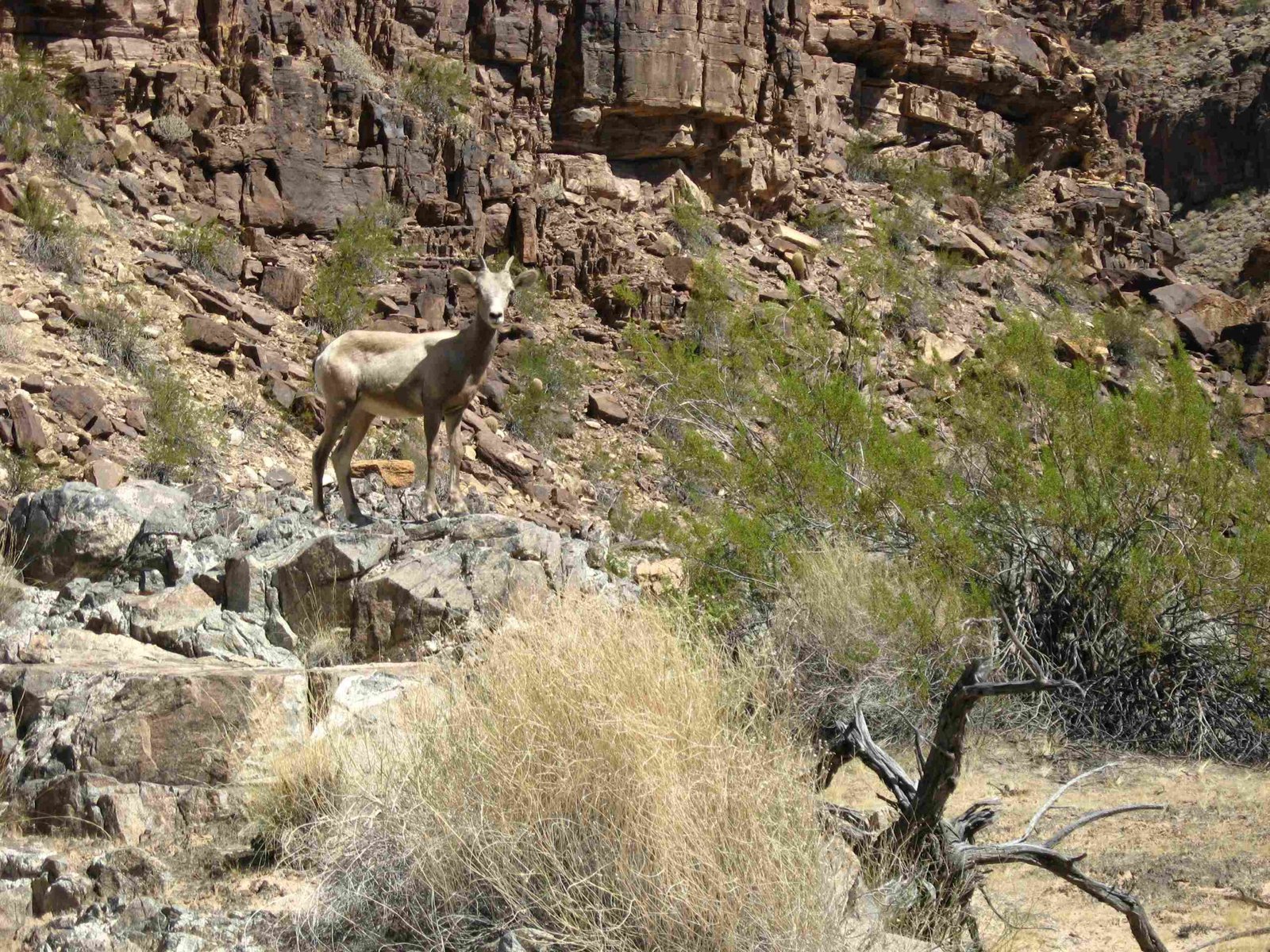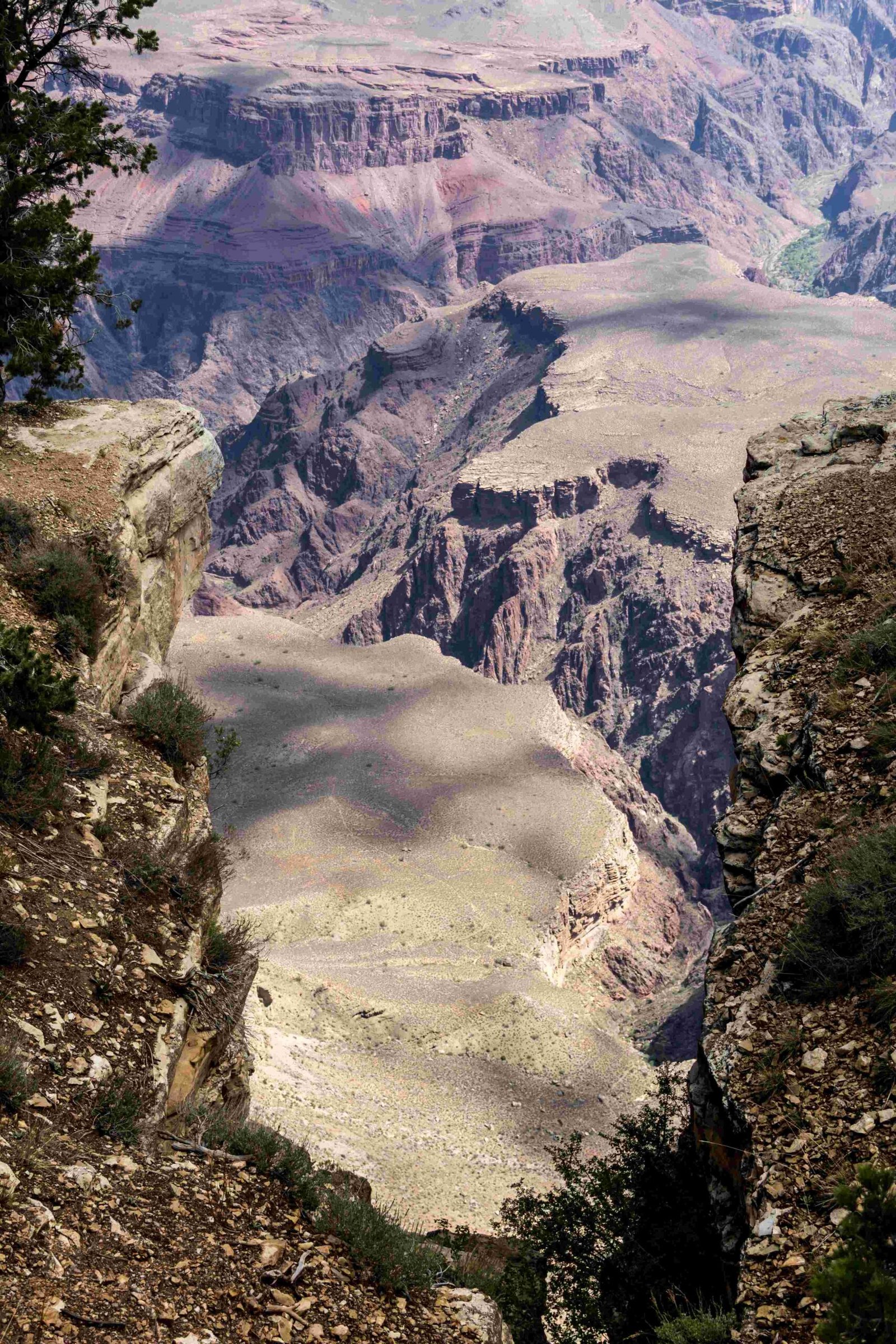The Grand Canyon offers a diverse range of hiking experiences that challenge and inspire adventurers of all skill levels. From gentle rim walks to intense multi-day backcountry expeditions, understanding the recommended experience levels is crucial for safe and enjoyable exploration. This comprehensive guide breaks down trail difficulties, essential preparation strategies, and expert insights to help hikers select the perfect Grand Canyon adventure matching their physical capabilities and wilderness expertise.
What Are the Different Experience Levels for Grand Canyon Hiking?

Beginner Level Trails: Where Should New Hikers Start?
For novice hikers and families, the Grand Canyon provides several accessible and breathtaking trails:
Recommended Beginner Trails
- Cape Final Trail
- Distance: 4.2 miles round trip
- Elevation Gain: Minimal
- Difficulty: Easy
- Highlights: Panoramic canyon views, minimal technical challenges
Key Beginner Hiking Considerations
- Bring ample water
- Wear comfortable hiking shoes
- Start early in the morning
- Check weather conditions
- Carry basic first-aid supplies
How Challenging Are Intermediate Trails?
Intermediate trails demand more physical endurance and basic hiking experience:
| Trail Name | Distance | Elevation Gain | Difficulty Rating |
|---|---|---|---|
| Bright Angel Trail | 8.8 miles | 2,080 feet | Moderate |
| Grandview Trail | 6 miles | Significant | Challenging |
Essential Intermediate Hiker Preparation
- Physical fitness assessment
- Proper hydration strategy
- Trekking pole usage
- Navigation skills
- Heat management techniques
What Defines Advanced Backcountry Experiences?
Advanced trails require exceptional physical conditioning and wilderness expertise:
Advanced Trail Characteristics
- Longer daily mileages (15-25 miles)
- Significant elevation changes
- Minimal trail maintenance
- Complex navigation requirements
- High endurance demands
How Should Hikers Prepare for Grand Canyon Trails?
Critical Preparation Strategies
- Physical Training
- Cardiovascular endurance
- Strength training
-
Hiking-specific conditioning
-
Equipment Essentials
- High-quality hiking boots
- Layered clothing
- GPS device
-
Emergency communication tools
-
Environmental Awareness
- Understanding temperature variations
- Recognizing altitude effects
- Wildlife interaction protocols
What Safety Measures Are Crucial?
Safety Recommendations
- Always inform park rangers of your hiking plans
- Carry emergency communication devices
- Pack sufficient water and electrolyte supplements
- Understand personal physical limitations
- Check trail conditions before departure
Expert Insights and Recommendations

Professional hiking guides emphasize that selecting the appropriate Grand Canyon recommended level is more than matching physical ability—it’s about understanding personal risk tolerance, wilderness experience, and mental preparedness.
Final Recommendations
- Start with guided tours for initial experiences
- Gradually progress through difficulty levels
- Invest in professional training
- Prioritize safety over ambitious goals
Recommended Gear Checklist
| Gear Category | Essential Items |
|---|---|
| Hydration | Water bottles, filtration system |
| Protection | Sunscreen, hat, lightweight layers |
| Navigation | Topographic map, compass, GPS |
| Emergency | First-aid kit, emergency shelter |
Conclusion
Understanding the Grand Canyon’s recommended experience levels transforms a potentially risky adventure into a meticulously planned, safe, and unforgettable journey. By respecting individual capabilities and preparing comprehensively, hikers can unlock the breathtaking beauty of this natural wonder.

